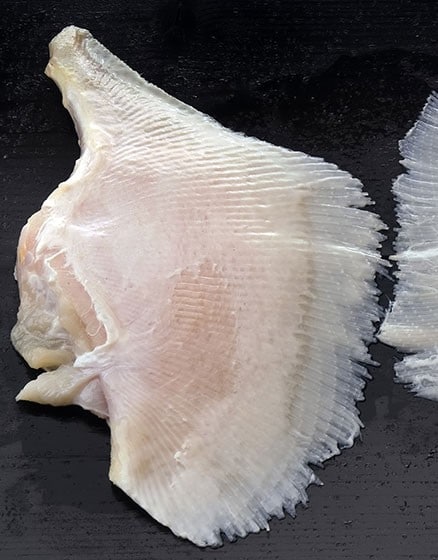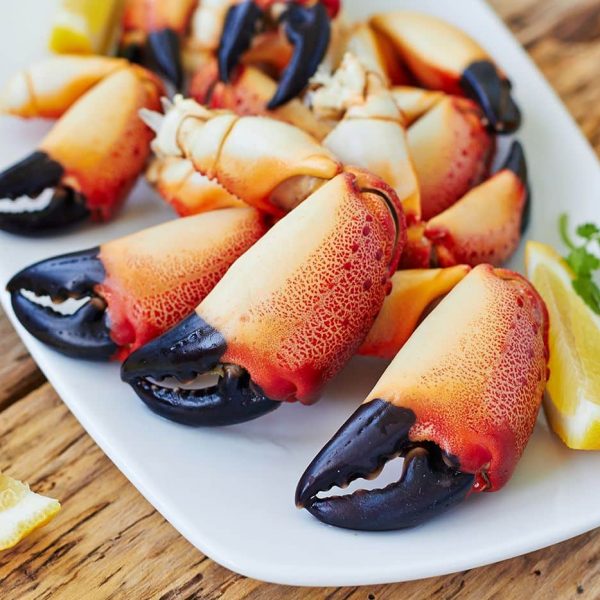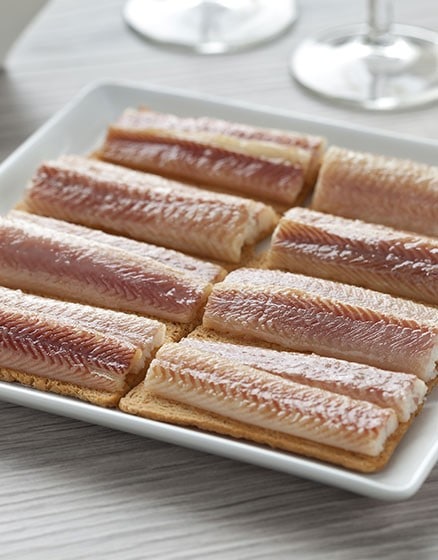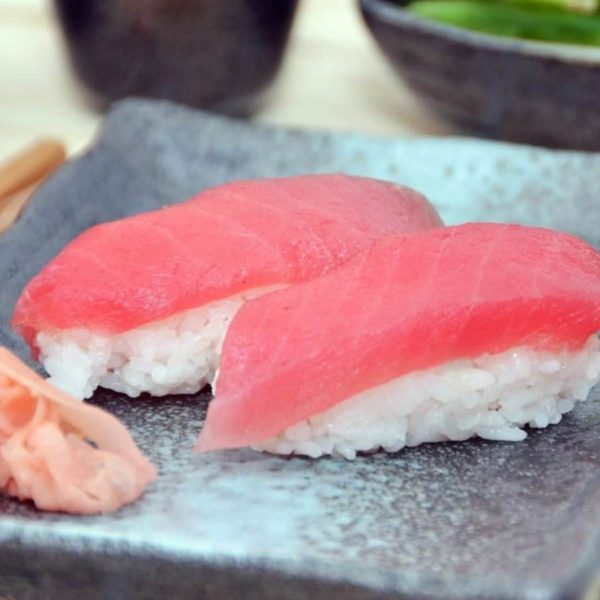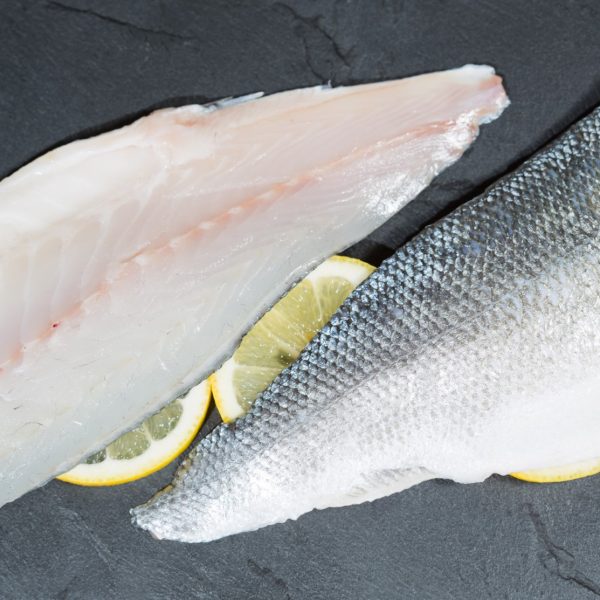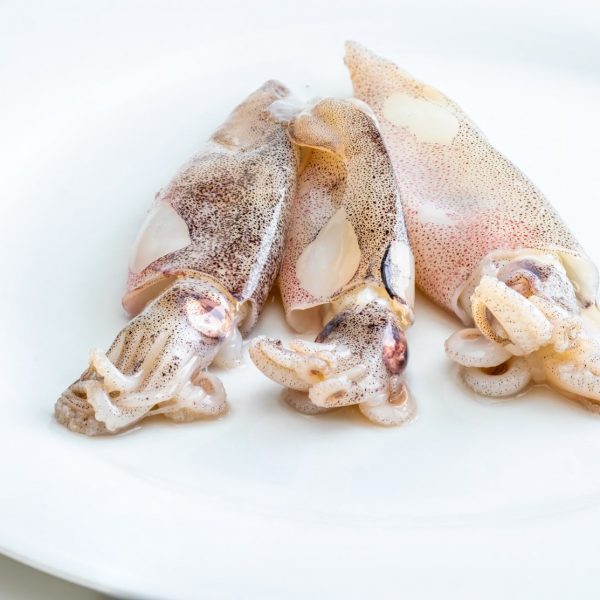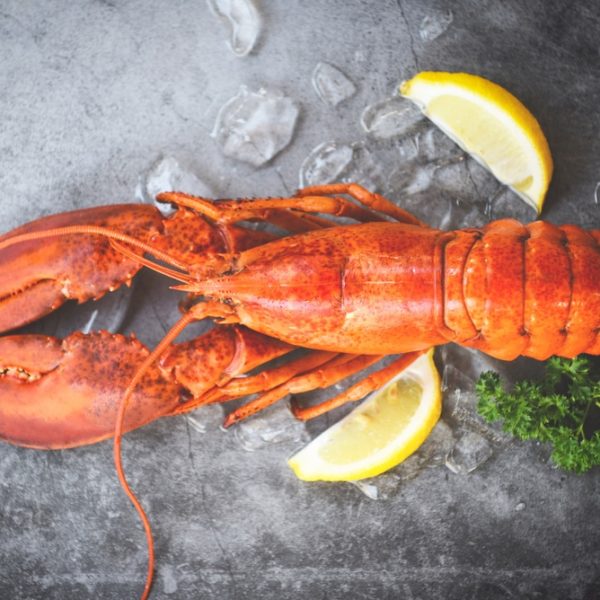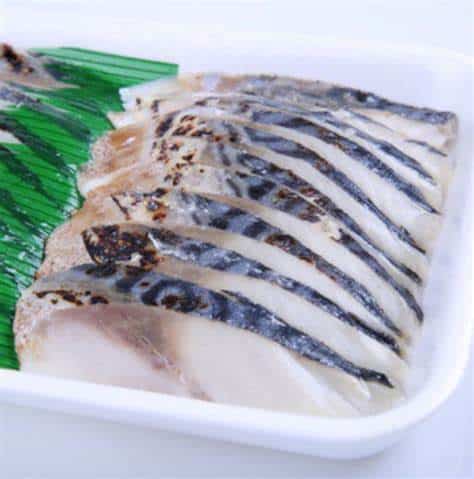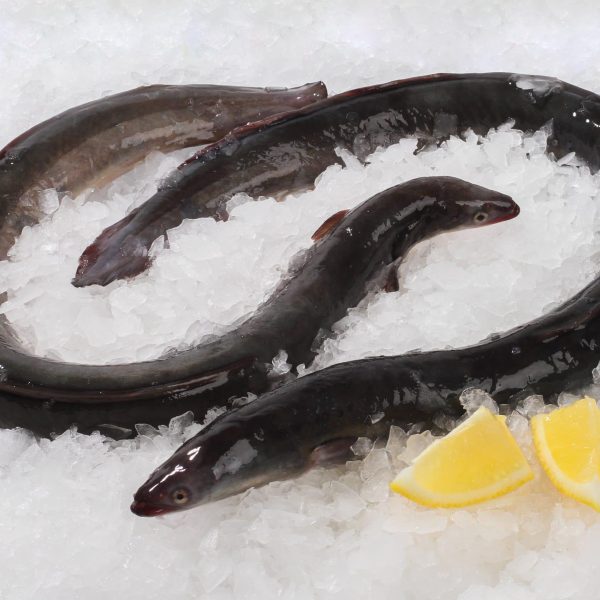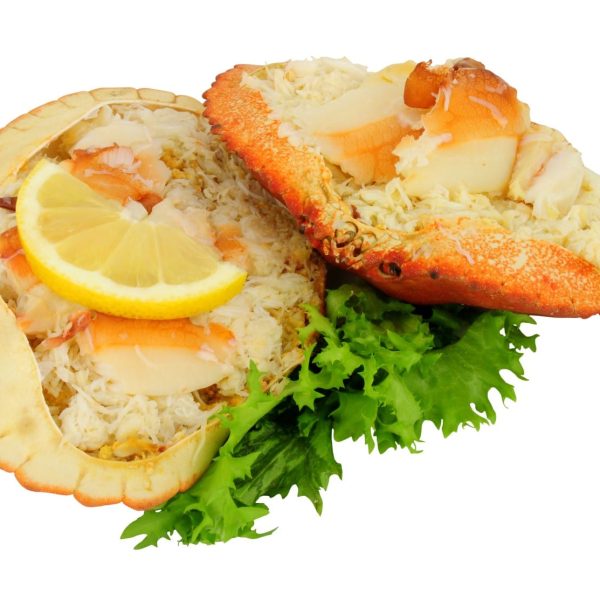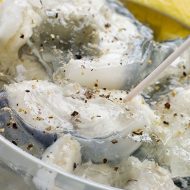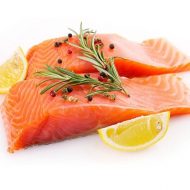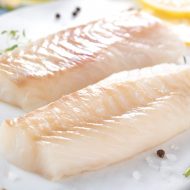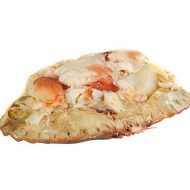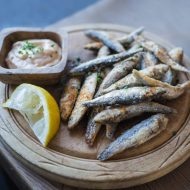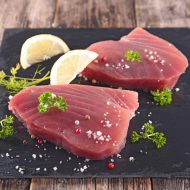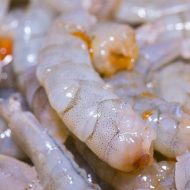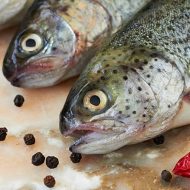The deep, icy waters of the Pacific are home to our wild-caught tuna. This means that they can thrive in complete freedom and develop their unique flavour profile as a result.
We choose this fish because it has grown with all the proteins and nutrients necessary for optimum health due to its healthy lifestyle. It is swimming free among aquatic life without being drained by commercial fishing nets or farm feeding practices like most other farmed species.
Wild cod and haddock are also excellent choices; lean yet succulent thanks to living exclusively off natural food sources found within these frigid environments.
Processing Wild Fish
Frozen-at-sea wild fish are caught at their peak of quality and frozen within hours of catching. This makes it the freshest seafood out there! Frozen for a minimum of three hours before packaging means that you can be sure our products taste as good or better than fresh because they’re in such great shape when we get them – if not even better tasting!
The fish are stored at our freezers which run at -21°c. Our packers then assemble and package them for you, placing them in thick polystyrene boxes with dry ice added to keep everything as cold as possible during transport.
The packages are put back into a freezer until they’re picked up by an overnight courier who will deliver them straight to your door first thing in the morning so that when you open it, all of your seafood is still completely frozen inside!
Benefits Of Frozen Wild Fish
The natural environment of our frozen wild fish allows it to grow especially nutritious and incredibly healthy. With its versatile flavour that is delicate yet meaty in texture, our tuna can be used as a replacement for chicken or pork at any mealtime, whether in larger steaks, thick slices or diced form making them the perfect all-rounder!
Cod is a much-loved fish that has the exquisite flavour of being clean and gentle. This delicious fish can be cooked in many ways, such as stewed or fried with bacon bits and smoked paprika, so it tastes like an elegant meal for any time of day!
Haddock is a fish that has been popular for centuries. Its mild, soft flesh shines through in all kinds of recipes and once smoked, it becomes buttery with an exquisite sweet flavour.
Why Buy Frozen Wild Fish From Us?
Our business has served professional caterers and the public with the finest fresh-frozen wild fish for many years.
In this time, we have gained a reputation for superb fish and excellent service.
Our customers come back and order again. We are proud to have built those relationships.
When you want to serve the finest seafood dishes, we’ve got just what you need! We have been providing excellent service and mouth-watering fish for years. Our loyal customers come back whenever they’re looking for a delicious dish that will make them feel like royalty at an affordable price.
Fish are a prized commodity in today’s world, so it only makes sense that you should be able to enjoy the bounty of our fishery with confidence.
We believe you deserve the peace of mind that comes with knowing your food is handled by experts passionate about delivering great end products.
Frozen Wild Fish Nutritional Facts
A 4-ounce serving of wild tuna provides:
- Calories: 145
- Protein: 26.77 grams
- Fat: 3.37 grams
- Carbohydrates: 0 grams
- Fibre: 0 grams
- Sugar: 0 grams
A 150-gram serving of 1 wild Haddock provides:
- Calories: 135
- Calories from Fat: 7.4
- Total Fat: 0.8g
- Cholesterol: 99mg
- Sodium: 391.5mg
- Potassium: 526.5mg
- Carbohydrates: 0g
- Sugar: 0g
- Fibre: 0g
- Protein: 30g
- Vitamin A: 93IU
- Vitamin B6: 0.5mg
- Vitamin B12: 3.2μg
- Vitamin D: 34.5IU
- Vitamin E: 0.8mg
- Vitamin K: 0.2μg
- Calcium: 21mg
- Iron: 0.3mg
- Magnesium: 39mg
- Phosphorus: 417mg
- Zinc: 0.6mg
- Selenium: 47.6μg
- Retinol: 31.5μg
- Niacin: 6.2mg
- Folate: 19.5μg
- Choline: 119.4mg
A 112-gram serving of wild cod provides:
- Calories: 90
- Fat: 0.5g
- Sodium: 79.5mg
- Carbohydrates: 0g
- Fibre: 0g
- Sugar: 0g
- Protein: 20g
FAQ’s
Is it safe to eat frozen fish that has been in the freezer for a year?
It is best practice to freeze wild fish at 0°F or -18 °C or less. For best quality, you should only keep this type of food up 3-8 months. Frozen raw seafood can be safely consumed indefinitely as long as there are no unusual patterns noticed during preparation and consumption.
What are the signs of spoilage on frozen fish?
Frozen fish can be bad if it has lost its firmness, a sign of evaporation. If the fish is dry and flaky at either edge or on the surface, that means moisture in the flesh has evaporated - another indicator that frozen seafood may not taste as good.
The weight will also have decreased from what you set when storing in the freezer for use later.
How do you unfreeze wild fish?
Place your frozen fish in a sealable bag and then push all the air out before sealing. This technique allows for quick thawing which will allow you to cook your defrosted wild fishes immediately!
When it comes to defrosting fish, there is a trick that you can use. Simply place the sealed bag of frozen seafood in cool water and let it sit on the fridge! This will work like magic on those pesky ice crystals with ease without compromising any texture whatsoever.
What are some of the best ways to cook frozen fish?
You can safely prepare raw foods from a frozen state, but you will need to increase your cooking time by about 50% for them to be fully cooked.
In advance: just preheat the oven at 450°F and remove any packaging on your unfrozen food before placing them on baking sheets - then bake for 8-12 minutes until heated through or hot and flaky inside (depending upon which type of seafood/fish).

